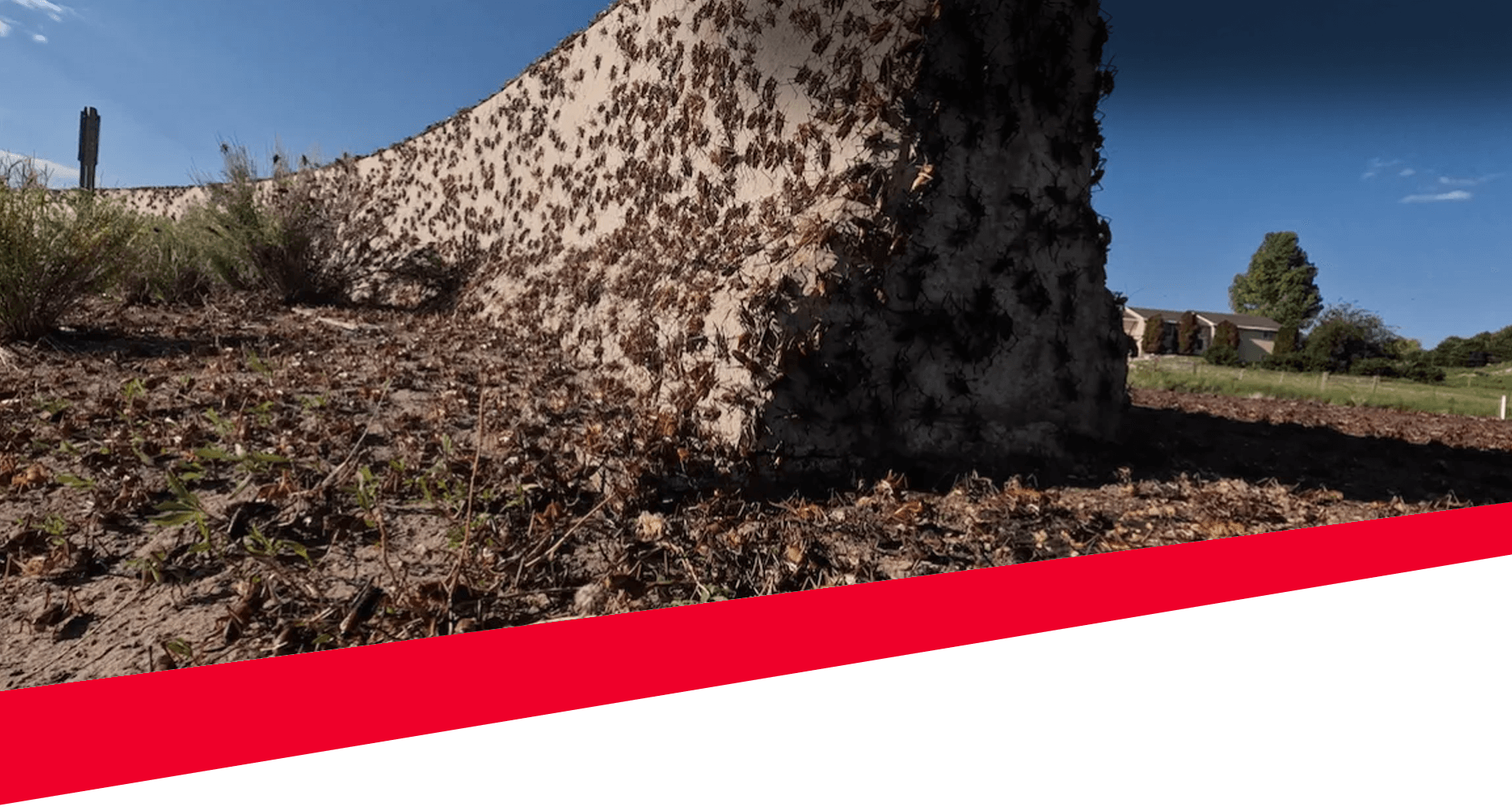




Crickets are small insects, measuring around 3/4 of an inch in length. They are yellowish-brown in color and are easily identified by their loud chirping and long back legs, which they use for jumping. These features make crickets unmistakable, especially during the warmer months when their chirping is most noticeable.
Although crickets are often associated with summer, they seek refuge indoors during the winter and can live indefinitely inside your home. Crickets are nocturnal pests, meaning they are most active at night. They are particularly attracted to moist environments, which is why they are commonly found in damp spaces such as basements and laundry areas. Their attraction to fabrics often leads them to feast on various textiles in these areas.
While crickets themselves are not dangerous, their presence can attract more harmful predatory pests such as spiders and scorpions. These predators hunt crickets and can bring their own infestations into your home, posing a greater risk to your household.
Crickets typically enter homes through access points like cracks and openings in doors, windows, and the foundation. Once inside, they can be challenging to remove and can cause damage to fabrics and other materials.
To prevent crickets from entering your home, take the following steps:
By following these preventative measures, you can minimize the chances of crickets entering your home and avoid attracting more dangerous pests that prey on them. If you do find yourself dealing with a cricket infestation, consider consulting a pest control professional for effective solutions.

Rodent Control

Fly Control

Carpenter Ant Control

Termite Control

Cockroach Control

Bed Bug Control

Mosquito Control

Request a call back!
